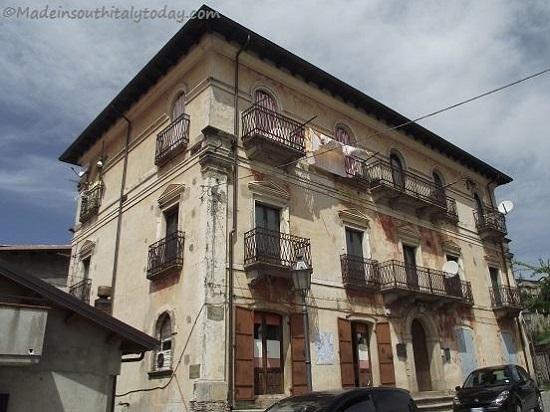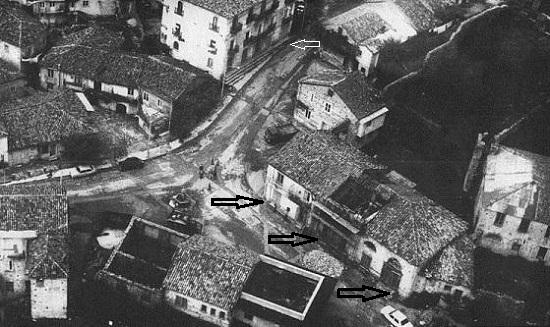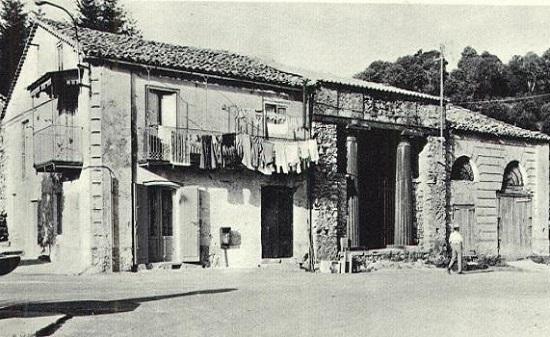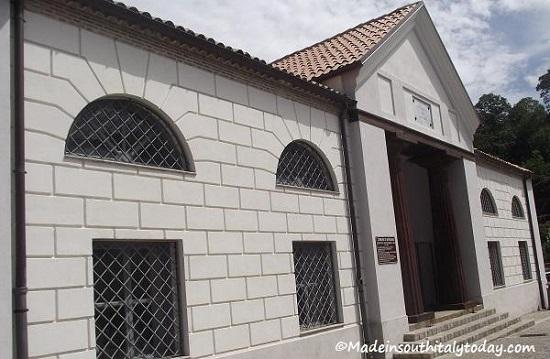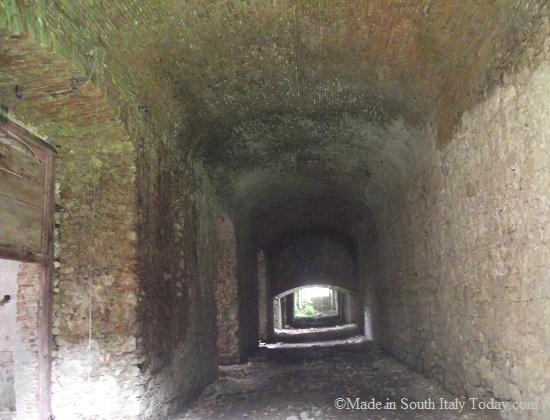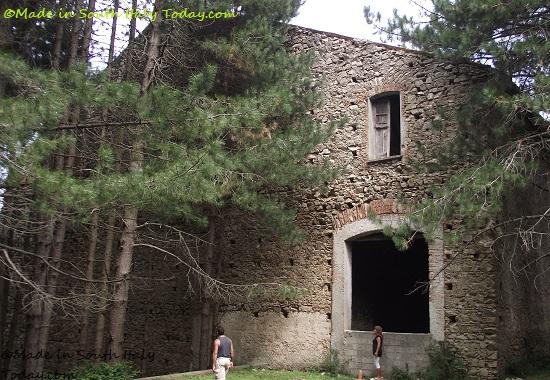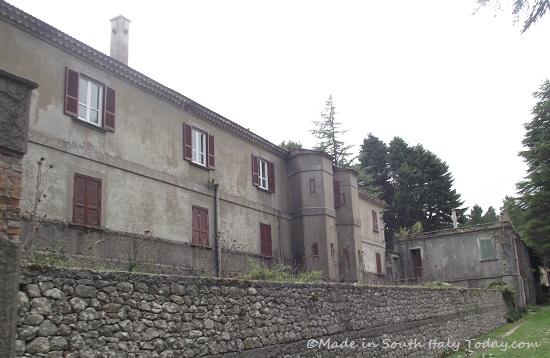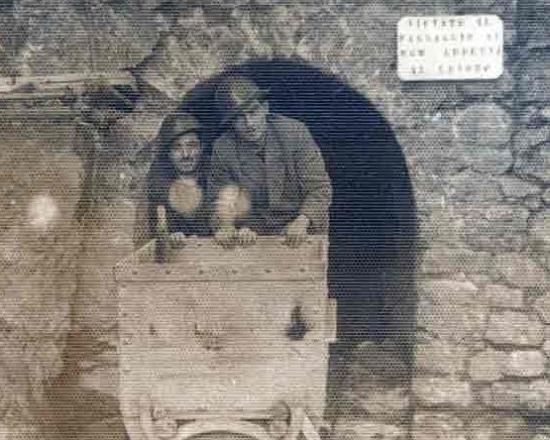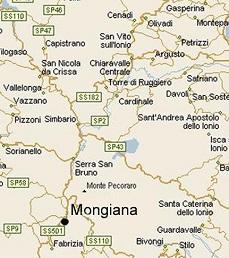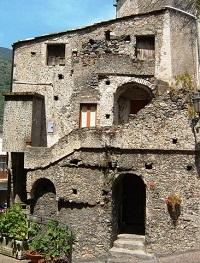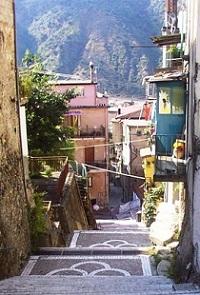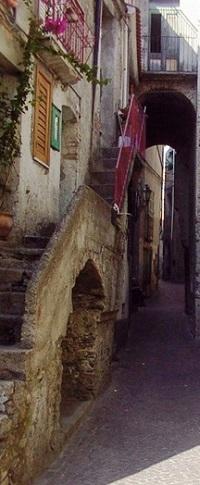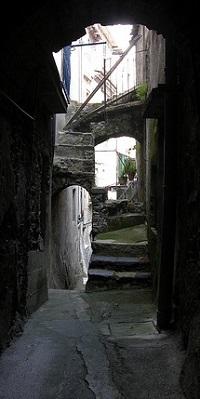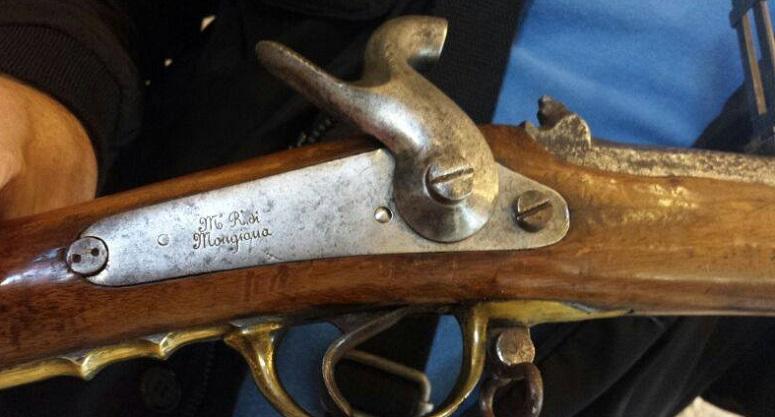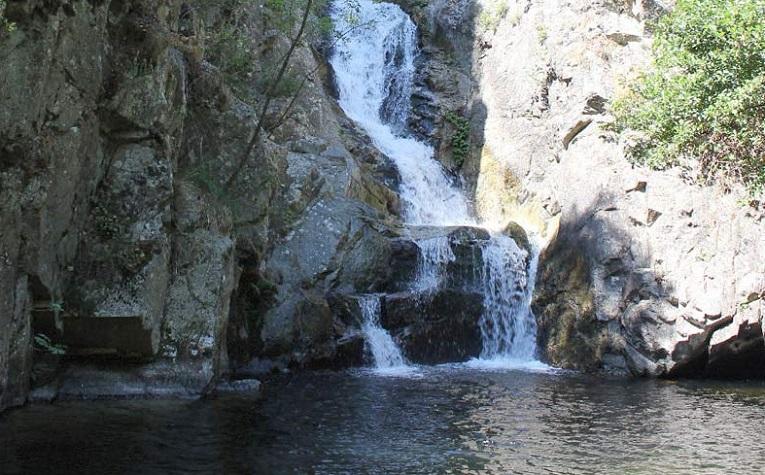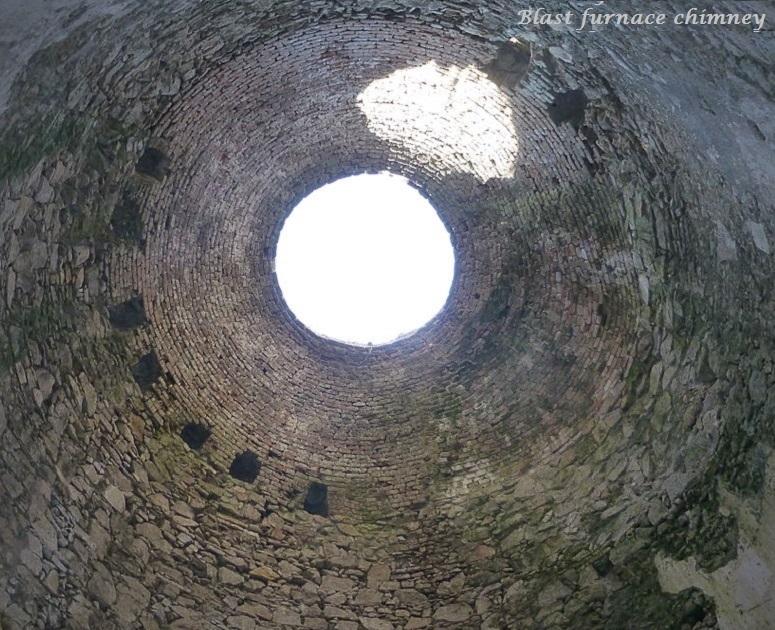|
The town is located in the so called Byzantine Valley of Stilaro, at the eastern end of the province of Reggio Calabria and the border with those of Catanzaro and Vibo Valentia (76 km southwest of Catanzaro and about 149 km northeast of Reggio Calabria).
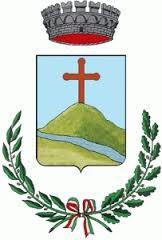
Lying at the foot of Mount Consolino, Bivongi is crossed by the rivers of Stilaro and Melodari which have modeled the appearance and topography and consequently, heavily influencing the local economy .
The medieval town offers the tourist an array of monuments crowned by landscapes of uncommon beauty with a maze of alleyways, steps and staircases leading to houses perched one above the other.
It is a land able to surprise and conquer for the charm of its nature and the quietness of its places filled with history, art and traditions.
Its origins are linked to the Magno - Greek civilization . "Bobonghes", or "land of the silkworm " is the ancient name of Bivongi . It was widely known in the past for its production of silk and metals as well as the mining of molybdenum and the production of electricity.
Here, in fact, in the year 1000 was practiced silkworm , activities introduced by the monks " aghioriti " that in the seventh century A.D. founded several monasteries, among these, the Monastery of St. John Theristis a masterpiece of Byzantine/Norman art with its frescoes.
Following the expansion of Islam and the iconoclastic persecution of the eighth century . AD, these places represented the safe haven for Iconodules monks who started the construction of numerous monasteries and places of worship.
The Monastery of St. John Theristis has been for several centuries the " Caput Ordinis S. Monasterium Basili " in Calabria. Still inhabited by Greek monks , the monastery can be reached by car along a narrow 3 km stretch of road.
Below - Orthodox monks during a visit to the monastery.
In the surrounding area still stands a mighty bulwark , the " Palacium of the Apostles", a grange of the Charterhouse of Serra San Bruno, consisting of a block construction of a plant dating back to the eleventh century . A.D.
For lovers of botany, Bivongi and its surroundings offer a variety of endemic plants scattered in the Mediterranean. A nature trail that leads to the baths Guide, where sulfurous waters gush out...
Below, the baths facilities.
...and then at the Waterfall Marmarico through the golden yellow of the broom and the budding beauty of many other indigenous wild plants.
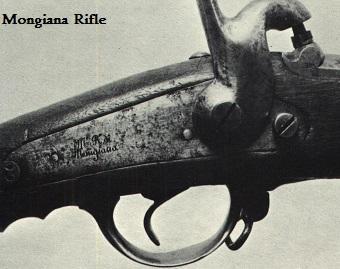 The industrial The industrial
Revolution
The Bourbon government, in this era of first regency, was busy creating economic development in those territories that offered potential natural resources that could be exploited and where there was need for employment. The Mongiana and Ferdinandea areas, rich in quality wood, minerals and water streams was such a place.
The Mongiana army factory. Yesterday and today.
The palace above how it looks today, is visible in the image below, top-middle.
Above and below - The factory entrance, with columns, architrave and gate, is all in cast iron, exemplifying industrial architecture of the second half of last century.
Sadly, this is how it looks today.
Farther down lies Ferdinandea, built as a foundry in 1798 to replace the nearby Stilo works, abandoned twenty years earlier.
Below entrance to the factory.
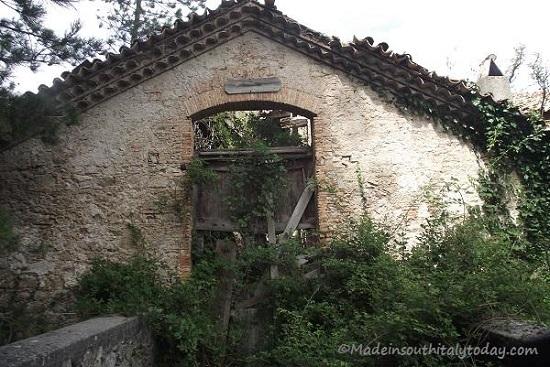
At the dawn of the industrial revolution, this territory began to arise as one of the time's most modern steel industry infrastructure, producing steel for the army and civic projects such as Europe's first suspended steel bridge on the Garigliano river, as well as the rails of the first railway line Naples-Portici (1836-39).
Construction work was suspended however, and restarted only in 1841 when Ferdinando II had Paolotti, an engineer, build an administrative house and foundry.
The house was complete with a store, warehouses and a chapel, and there is still an elegant cast-iron gazebo in the garden (Today, only the oldest part, dating to 1798, still remains).
The Ferdinandea foundry was turned into a fine country house by Fazzari. The house was complete with a store, warehouses and a chapel, and there is still an elegant cast-iron gazebo in the garden (Today, only the oldest part, dating to 1798, still remains).
This production facilities that came to occupy 2700-3000 workers and their families followed the inglorious fate of forfeiture of the many productive activities in Southern Italy post-unification years, due to the lack of interest of the new Italian government.
The mines : By 1782, there are 42 mines in operation, including 23 for the extraction of silver mixed with lead.
|
Yearly Event
La Sagra del Vino
Month of August
The food and wine event has now become a prestigious appointment.
All the festivities take place in Piazza del Popolo (town square), which opens its doors to hundreds of tourists who want to discover the famous "Bivongi ", produced in an area of excellence such as that represented by Stilaro wine, and savor gastronomic products of the genuine local tradition.
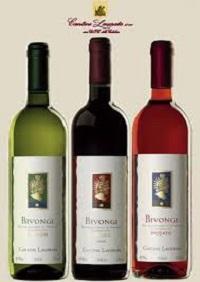 Around & about
Around & about
The Marmarico
Water Falls
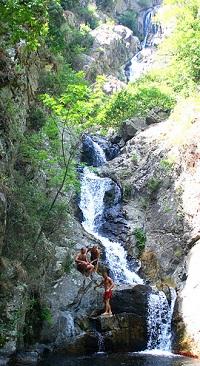 The town
The town 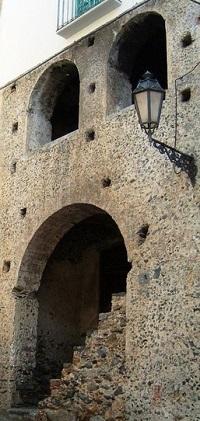
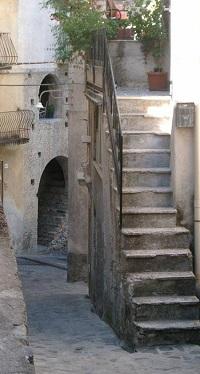
List of attractions
divided by itinerary.
For the tourist who might decide to 'go solo' we list the sites in Italian so that it will be easier to identify by the locals when asked for directions .
The industrial itinerary

The "industrial path" winds along the valley Stillaro, starting from Bivongi, where there are remains of artifacts related to the industrial era.
The iron mines, ironworks , mills, oil mills, hydroelectric plants of the early '900 , constitute a significant historical and cultural heritage of the industrial past of the municipality of Bivongi, which along with Stilo, Badolato, Longobucco and Reggio, was also considered a district argentiferous.
The districts in which the ore in Calabria was mined were: Raspa, Argentera, Costa della Quercia and Two Fiumare.
Preface
PARIS 1770

While the aristocratic society of the time was busy gossiping about the upcoming lavish wedding of the dolphin-future king of France, Louis XVI and Marie Antoinette Habsburg-Lorraine, one of Europe's most important steel manufacturing complex was being planned in a little unknown town of Calabria.
 Hydroelectric mills
Hydroelectric mills
and waterways
Blast Furnace
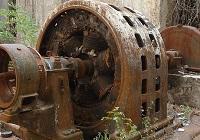
Ferriera Fieramosca
"Laveria" Impianto di flottazione
Parco Nicolas Green
Bagni (Baths) di Guida
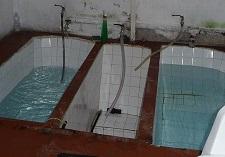
Casa Albergo
Centrale idroelettrica
Guida
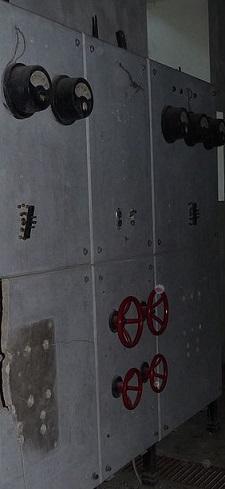
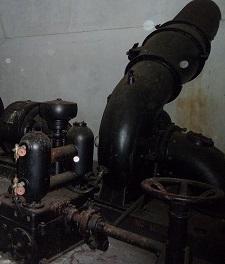
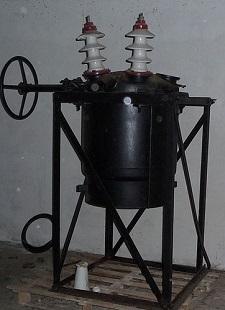
Centrale idroelettrica Marmarico
Cascata del Marmarico
N°11, Condotte forzate delle dighe
Ferriera Arcà e Azzarera
Lago Giulia (Artificial lake)
Fonderia Ferdinandea
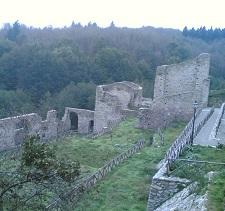 Chiesa Vecchia
Chiesa Vecchia
Villaggio Ziia
The Mines
On the slopes of Mount Stella Consolino and Mammicomito, you could count around 30 "mouths" of mine, of which only few, unfortunately, still visible. This large number shows the crucial importance of this mining center for all of South Italy.
Miniera di Garibaldi
Antica miniera con fornace nelle vicinanze
Fontana Vecchia (o dei minatori)
Area delle miniere e delle cave
Water Mills
Mulino Vrisa
Mulino do Regnante
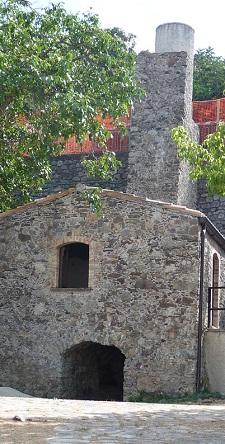
Mulino Gargano
Mulino Poteda 1
Mulino Poteda 2
Mulino Mastru Cicciu
Mulino Midia
Mulinu do Furnu
The religious path
Cattolica di Stilo
Grotta S.Nicola ed Ambrogio
Grotta Madonna della Stella
Eremo di Monte Stella
Kastrum Bizantino
Castello Normanno
Grangia degli Apostoli
Monastero di San
Giovanni Theresties
Cappella di San Rocco
Grotta S. Angelo
|


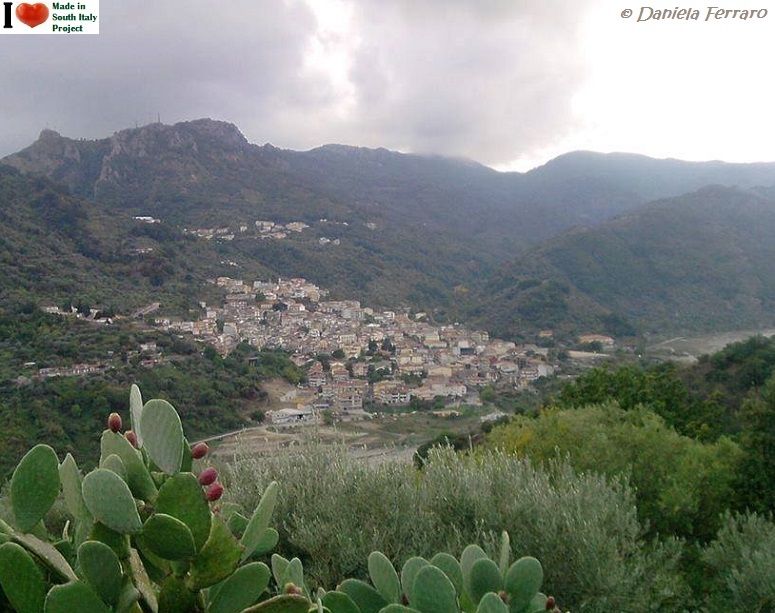
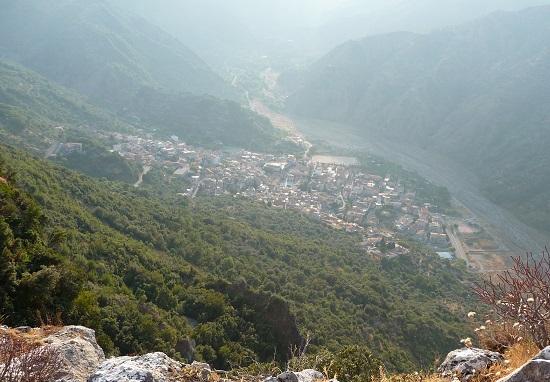


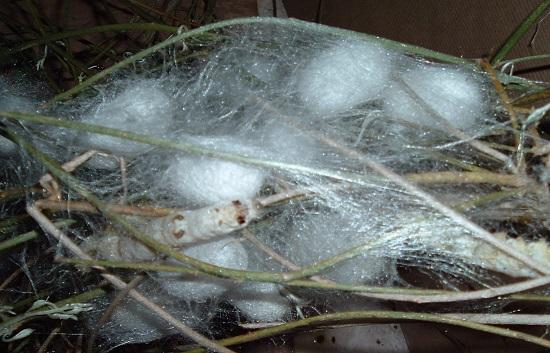
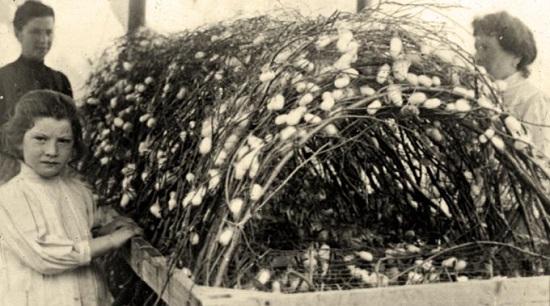
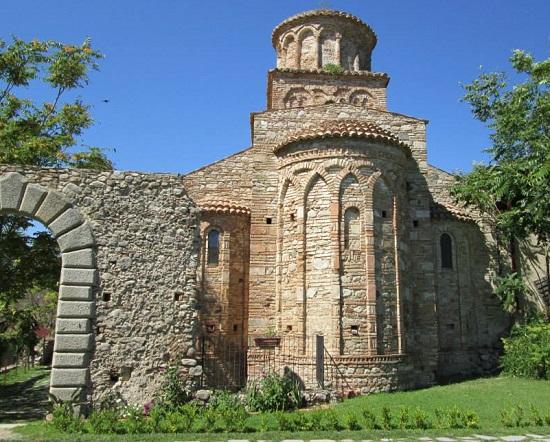
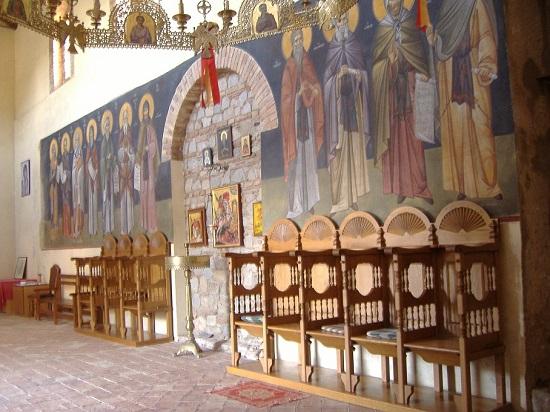
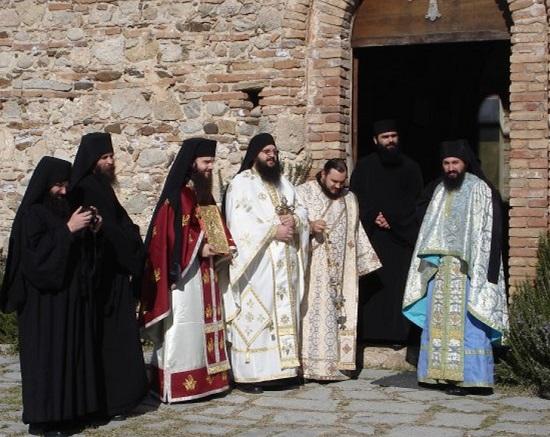
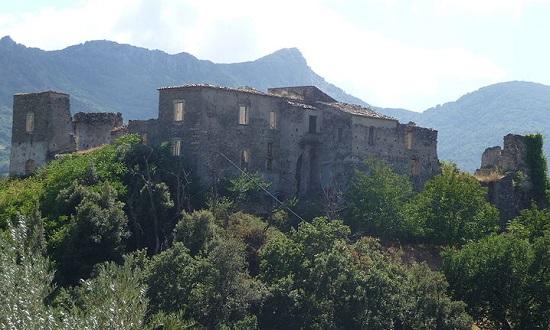
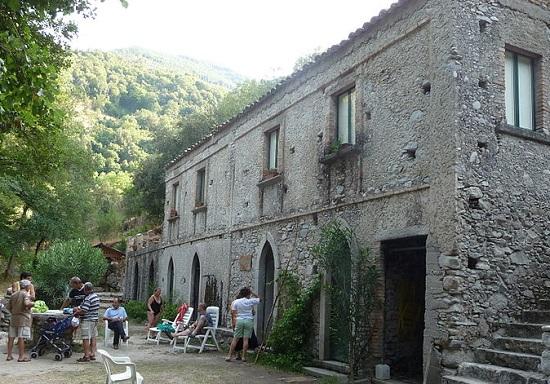
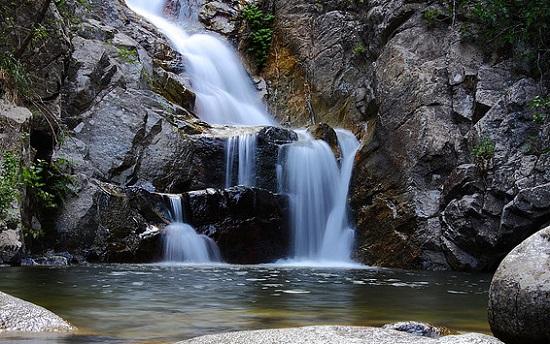
 The industrial
The industrial